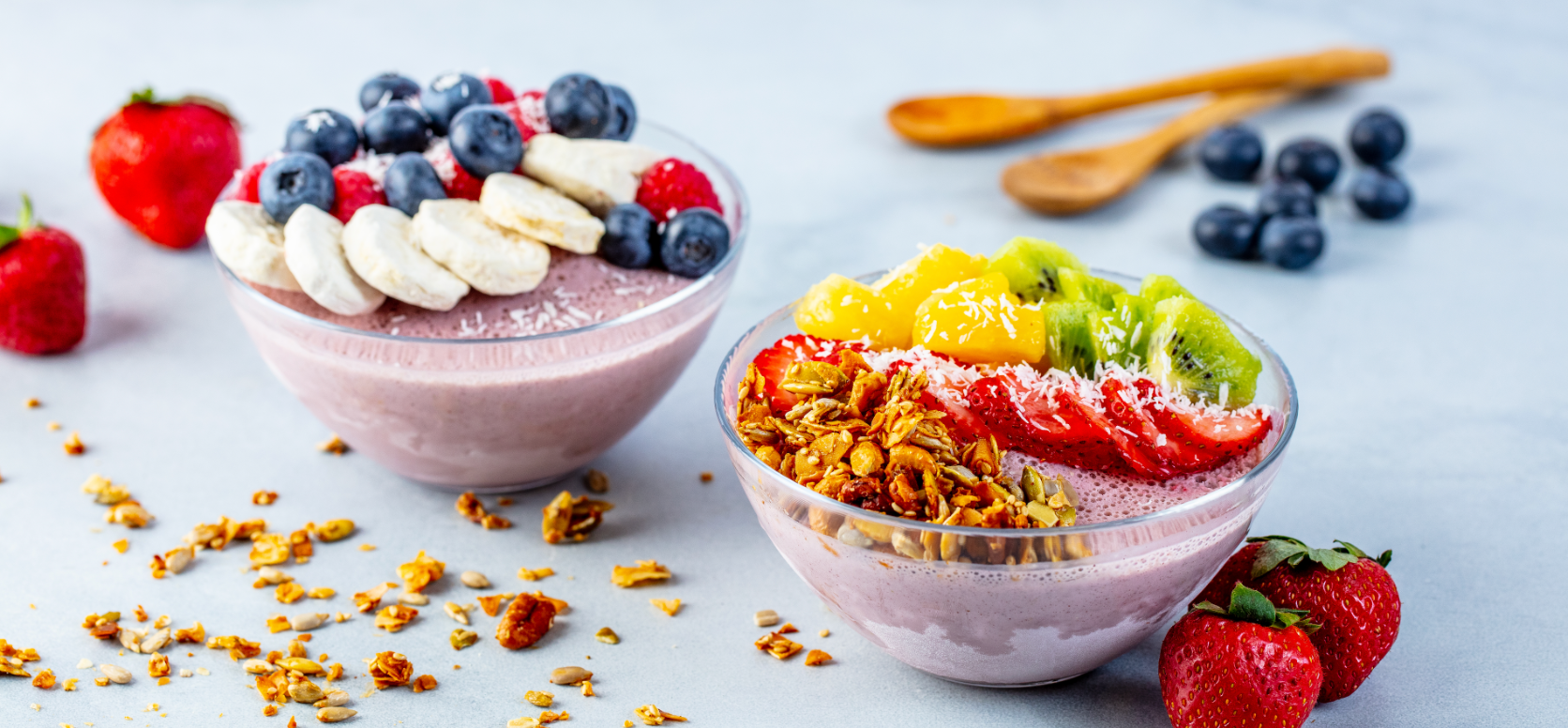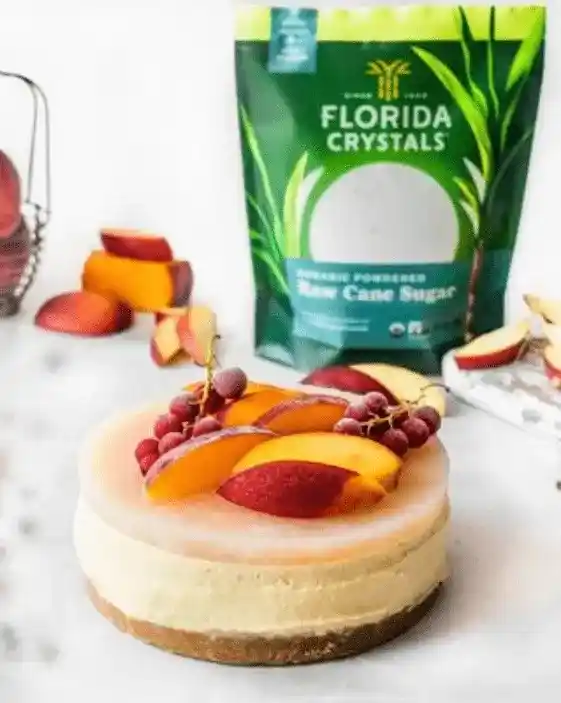At Florida Crystals®, we know fresh is best. Not only are we the only U.S. growers of organic sugarcane, we harvest and mill our fresh cane in less than 24 hours. Our commitment is driven by your desire to use the freshest ingredients available. Here, we will share the secrets for storing your fresh fruits and vegetables, so you can keep them in peak condition and extend their use long after the day you gathered them.
Tips For Storing Your Fresh Pickings
Picked when perfectly ripe, your favorite fruits and vegetables burst with flavor. Here are tips on how to store them to keep them at their best.
Store As Quickly As Possible
Once picked, fruits and vegetables should be stored as soon as possible. Most can be stored in the refrigerator’s crisper. This will allow their moisture to be retained and will keep your bounty fresher longer. However, there are some fruits that need to be at room temperature for optimal use. Citrus fruits for example keep well in the fridge but should be taken out and brought to room temperature before using them in your recipes. Tomatoes will lose their flavor if kept in the refrigerator. You can keep them fresh by simply leaving them on your kitchen counter with their stem-side down. This is the part of tomato that is last to ripen.
Check For Spoiled Fruits And Vegetables
It is important to inspect each piece of produce to look for any that have soft spots, breaks in the skin, or mold. Spoiled fruit produces Ethylene gas and can rapidly contaminate your other fruits and vegetables. One bad apple can truly ruin the bunch.
Remove Excess Moisture
Some fresh produce, like berries and leafy greens, can begin to deteriorate rapidly if excess moisture is not eliminated before storage. For berries, a good solution is to pat them thoroughly with a paper towel and store them in an air- tight mason jar. For leafy greens, we suggest placing your fully drained leaves in a bowl and covering the bowl with cling wrap before storing them in the fridge.
Store Produce Whole
If possible, store your fruits and vegetables in their whole form. Once cut, the plant cells are broken which kick starts decay. Cutting fruits and vegetables also produces Ethylene gas that can lead to rapid spoilage. Placing whole onions in pantyhose and hanging them in a cool dark place will allow just enough air to reach them while they are being stored. If you tie a knot after the addition of each onion, you can remove them one at a time as needed. Carrots along with some herbs and green onions are best stored whole in a mason jar partially filled with water (like flowers) in the refrigerator.
Tips For Preserving Your Bountiful Supply
Whether you’re just back from a picking adventure at a local farm, or you couldn’t resist the vibrant abundance at the local farmers market, there’s a chance that you have more fresh fruits and vegetables than you can immediately use. Here are some preserving techniques to reduce waste and get the most out of your haul.
Dehydrate Fresh Fruits And Vegetables
Drying food preserves it by removing the moisture that bacteria needs to survive. Removing water concentrates some of the nutrients, dietary fiber, air-resistant vitamins and minerals into a smaller space. Having your own dehydrator makes quick and easy work of preserving your fresh goods.
Transform Fruit Into Preserves and Jams
Creating jellies, preserves and jams from your fresh fruit is a delicious way to keep it on-hand for long periods of time. Poached pears, for example, can be stored in the refrigerator for up to 12 months without spoiling. With many tried and true recipes online, it’s easy to discover ways to preserve everything from strawberries to kumquats.
Freeze Your Fresh Produce
For longer-term storage, you’ll need to blanch and shock fresh vegetables by boiling them briefly, draining them and then plunging them into ice water. Dry freshly blanched vegetables thoroughly before packing them into freezer bags. For shorter-term storage, you can freeze fruits and vegetables quickly by spreading them in a single layer on a parchment-covered pan. After they are completely frozen, pack them into air-tight containers or freezer bags. Your frozen produced can be quickly retrieved to be used in smoothies or your favorite recipes.
Pickle Your Produce
Pickled vegetables retain many nutrients, and the pickling process can preserve your fresh produce for years. While cucumbers are the most popular vegetable for pickling, there are many recipes for other vegetables as well. Our recipe for sweet pickles is great way to get started.
Freeze Herbs in Oil
Preserving herbs in oil prevents the browning and freezer burn that the tender leaves can suffer when frozen. Storing herbs in this fashion is a great way to have a variety of them on hand for savory stews, seasoned roasts, and hearty potato dishes. Place your diced herbs into each compartment of a standard ice tray and cover them in melted butter or olive oil. Then, wrap your tray in cling wrap and allow the contents to freeze. Once your herb cubes are solid, transfer them to an airtight container with the date and amount clearly labeled to be used in recipes throughout the year.




